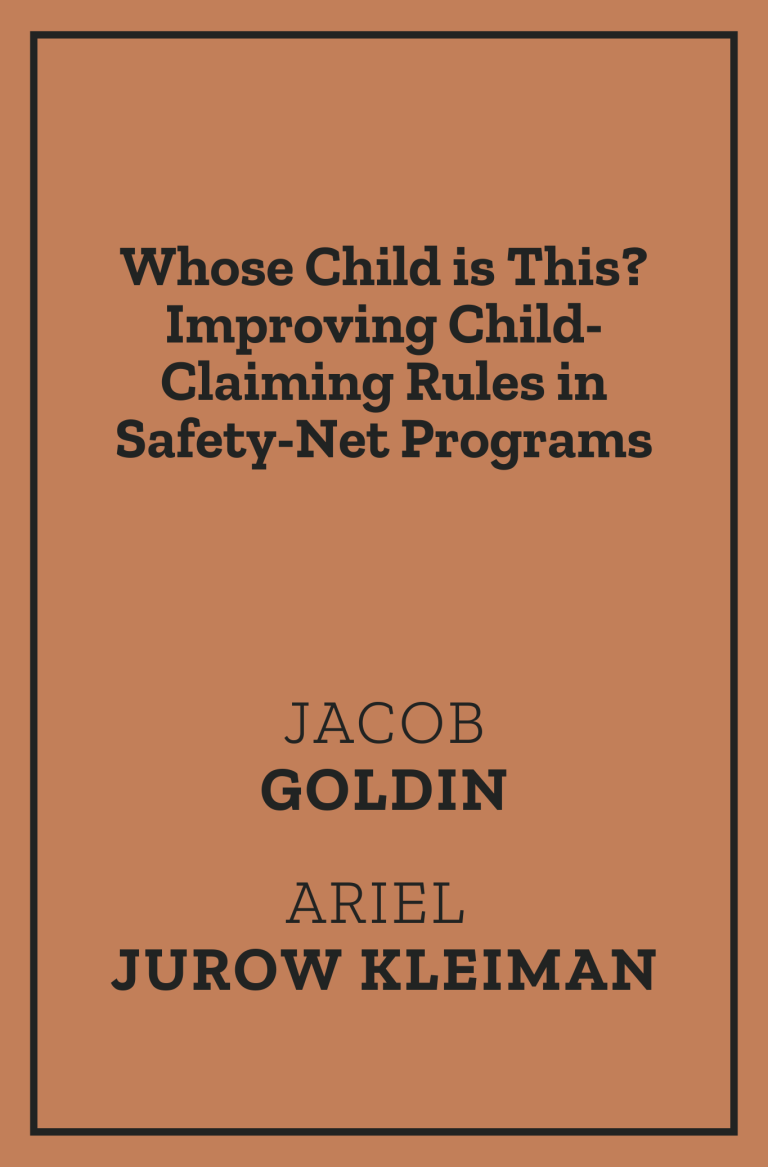From Yale Law Journal
To address the staggering problem of child poverty in the United States, policymakers distribute a host of safety-net and transfer programs designed to support children and families. All of these programs require rules to determine how benefits are distributed. Among the more important of these are “child-claiming” rules. These rules determine which adults can receive benefits for which children, driving how well a program helps recipients and satisfies societal goals.
This article critically assesses the design of child-claiming rules for safety-net programs, using as case studies the Child Tax Credit and the Earned Income Tax Credit. It considers how best to design child-claiming rules to achieve specific program goals, the foremost of which is supporting children’s well-being. This analysis illustrates that no single rule regime dominates. Rather, policymakers must compromise between important objectives such as channeling benefits to children’s caregivers and providing flexibility to claimants’ households. Informed by a principle-driven framework, the Article considers how best to navigate these difficult tradeoffs and proposes specific child-claiming rules under several different benefit structures. The analytical framework can inform the design of administrable and inclusive child-claiming rules across safety-net programs.

